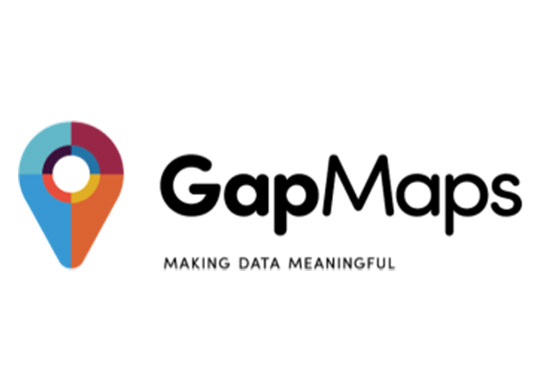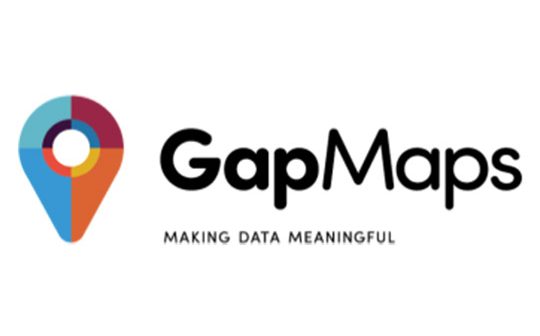
Cloud-based mapping software specialists, GapMaps, has expanded datasets in GapMaps Live in markets including India, Singapore, Indonesia, Malaysia, Saudi Arabia, and the UAE, providing brands with unprecedented insights and intelligence to strengthen their location decision-making in these high growth markets.
“Until now, access to quality data across Asia and the Middle East has been challenging for brands to make more informed location decisions,” said Anthony Villanti, GapMaps Managing Director and Founder.
The new datasets now accessible in GapMaps Live across these markets include:
- Demographics Data – providing more granular and up to date population data and demographic data based on the most recent census statistics.
- Consuming Class – consuming class data, which identifies households and consumers that can afford to buy goods and services beyond those required for their basic needs, is provided at a micro level which is essential for market planning and location feasibility purposes. GapMaps provides a deeper understanding of the relative distribution of the consuming class down to a 150m grid level. This data is shown to be highly correlated with store performance from the majority of the brands.
- Gridded Population – providing micro area population estimates (down to 150 metres) more frequently and up to date than the traditional lag in government or third-party data, using the latest data from mobile device estimates. This ensures population estimates can be provided for retail stores with the smallest of catchment areas. Additionally, we provide worker population numbers, which is unique to GapMaps Live.
- Business Location Data (POI) – in all markets we track a set number of competitor and reference brands in key industry sectors, across thousands of locations. This is updated regularly and provides valuable competitor and sector insights in particular catchment areas, showing both openings and closures.
- Traffic Data – GapMaps provides visibility of areas with low and high two-way traffic volumes and percentage of passing traffic by time of day across all major tier 1 cities in India so brands can make more informed site selection decisions.
- Retail Spending Data – GapMaps provides household spending estimates so brands can understand what households within their catchments spend their money on, broken down by key retail categories including Food and Beverage, Groceries, Apparel and other non-food items.
“These updated datasets ensure we provide our clients with more complete country coverage and the visualisation of key variables at different geographic levels,” continued Villanti.
“Historically in these growth markets, an over reliance on government or other third-party data in many countries has meant brands have been relying on information that in some cases may be up to 10 years old, or even non-existent.
“Additionally, geographically the available data may be just at a ward / state level so you cannot understand what happens at the local level. From a network planning perspective, that means there are lots of gaps that will impact the quality of your location decision-making,” added Villanti.
The expanded data directories in GapMaps Live across Asia Pacific and the Middle East ensures brands in QSR, fitness, fast food, café, convenience stores and shopping centres can access more accurate insights to inform their store expansion strategies. GapMaps accesses mobile device or human movement data so brands can see where people spend their time and identify the relative population density between different locations.
“Our data intelligence team does a lot of work pairing many different datasets in these markets so we can provide comprehensive insights in specific catchment areas, including an understanding of the relative distribution of the consuming class through a city or district down to grid level,” added Villanti.
Globally, GapMaps Live is used by more than 500 renowned brands in sectors such as QSR and fast food, helping them expand their store networks in Asia Pacific and the Middle East. For these brands, which includes KFC, Domino’s, Burger King and Subway, access to a single platform in all these markets, which now extends to 25 countries worldwide, provides greater consistency in their decision-making.
“At GapMaps, we provide insights on the potential of a market, not only in the major cities, but also in outlying suburbs and regions. This enables brands to quickly prioritise which markets to enter, and in those markets, where to locate stores using high quality and granular data,” added Villanti.
“Key to our success and the success of our clients is that GapMaps provides brands with uniform data quality, whether it’s in Vietnam, Thailand, Indonesia, The Philippines or the UAE.
“The gap between data rich and data poor countries has never been tighter and GapMaps is uniquely positioned where our customers first make informed choices about how many stores to establish in their target market and second, where the catchments are that have greater revenue potential,” concluded Villanti.






